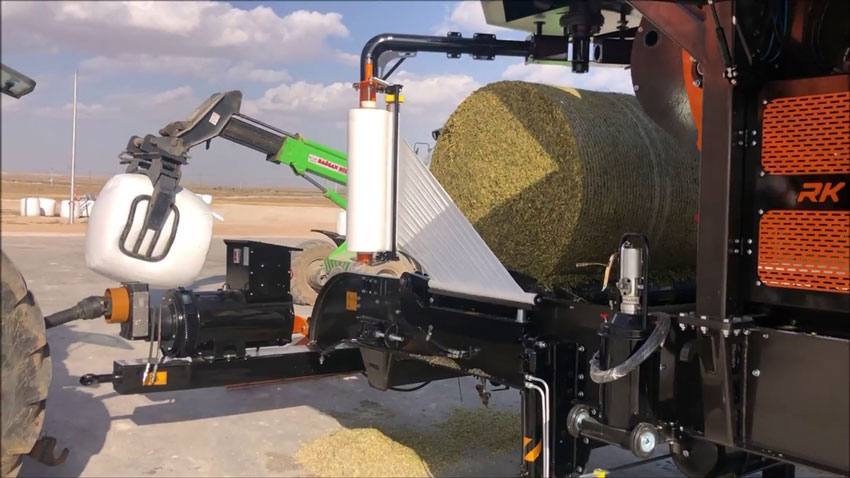
Checking the quality of silage fodder
javid keshtleyzeri Co.ltd
By testing and checking the appearance of silage fodder and sampling, you can find out the quality of fodder silage. By complying with some cases, silage waste was also prevented.
sampling
To know the quality of the forage, it is necessary to sample the pile every time the forage is emptied into the silage.
For sampling, pay attention to the following points.
1- Take the samples from different places and mix them together.
2- Pack the samples so that they do not spoil.
3- Store the samples in a place where they will not lose their moisture until they reach the laboratory (refrigerator or freezer is suitable).
4- From any fodder that is poured into the silage. Prepare one kilogram of samples, then put the samples on top of each other, mix well and choose and pack one kilogram of the prepared mixture.
Most of the time, sampling needs to be done in two stages.
First step: Sampling during ensiling to determine its moisture and nutrients
Step 2: Sampling when using silage feed to determine the nutritional characteristics of silage whenever you do not find the quality of silage to be uniform and suitable, sample and test the mass.
Silage forage evaluation methods
A - Appearance method
Visual observation of the color, smell, type, moisture and overall shape of the silage fodder can indicate the quality of the silage. If the heat in the silage fodder is high and its color has changed and it smells like tobacco, the nutritional value of the silage is low.
Appearance evaluation requires skill and expertise that is obtained through practice and experience.
Here are some tips that can help you make a quick assessment:
- If your silage smells like sour milk, it is a sign of high quality silage.
- If your silage smells like butter or rancid fat and rotten cheese, it indicates a medium quality silage.
- If the silage smells of ammonia that resembles the smell of household cleaners or animal urine, it is a sign of poor quality silage. At this time, the eyes start to burn.
One of the most important characteristics of fodder is its palatability. If the animal eats the fodder with appetite, it indicates high quality, and if it is not interested in the feed, it is possible that the quality of the fodder is low.
B - laboratory method
The laboratory method is much more accurate than the apparent method. The percentage of moisture, the intensity of sourness and the quality of silage protein materials are well determined by the laboratory method. When necessary, you can take a sample of the silage and send it to the laboratory with the guidance of experts.
How to prevent silage waste?
A- Wastes during silage after harvest, the fodder should be ensiled very soon so that its wastes are as low as possible.
B- Wastes due to contamination should not be allowed to contaminate the fodder with soil, straw and sand during harvesting and silage.
T - Removal of silage leachate If we do not harvest the fodder at the right time and its moisture content is high, a large part of its nutrients will be removed from under the silage. When making silage, the moisture content of the fodder should be less than 70%.
P - Waste during silage
If we take more fodder than needed during consumption, the remaining fodder will get moldy and spoil, and if a long time passes after harvesting, the layers on the fodder in the silo will rot.
Forages that have high moisture and low nutrients should use dry sugar beet pulp (filled) or molasses to absorb moisture from the straw and compensate for their lack of nutrients.
Use of bacteria
Lactic acid producing bacteria that are industrially produced and sold in the market can be used to help the fermentation of fodder sugars in silage. The consumption of this type of bacteria is needed if the fodder in question is weak in terms of silage properties (such as alfalfa, clover, immature fodder, etc.).







